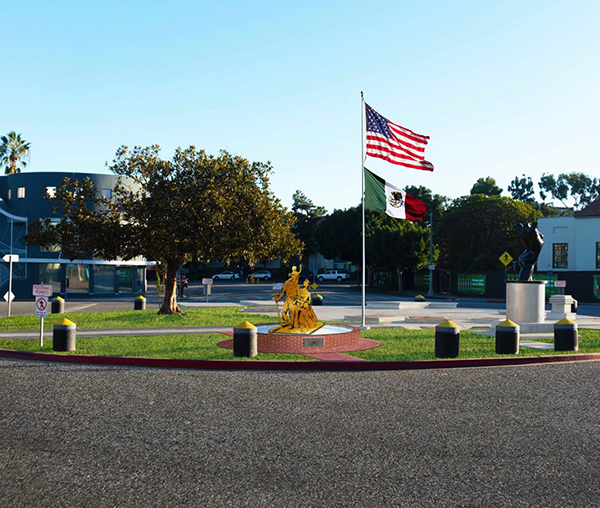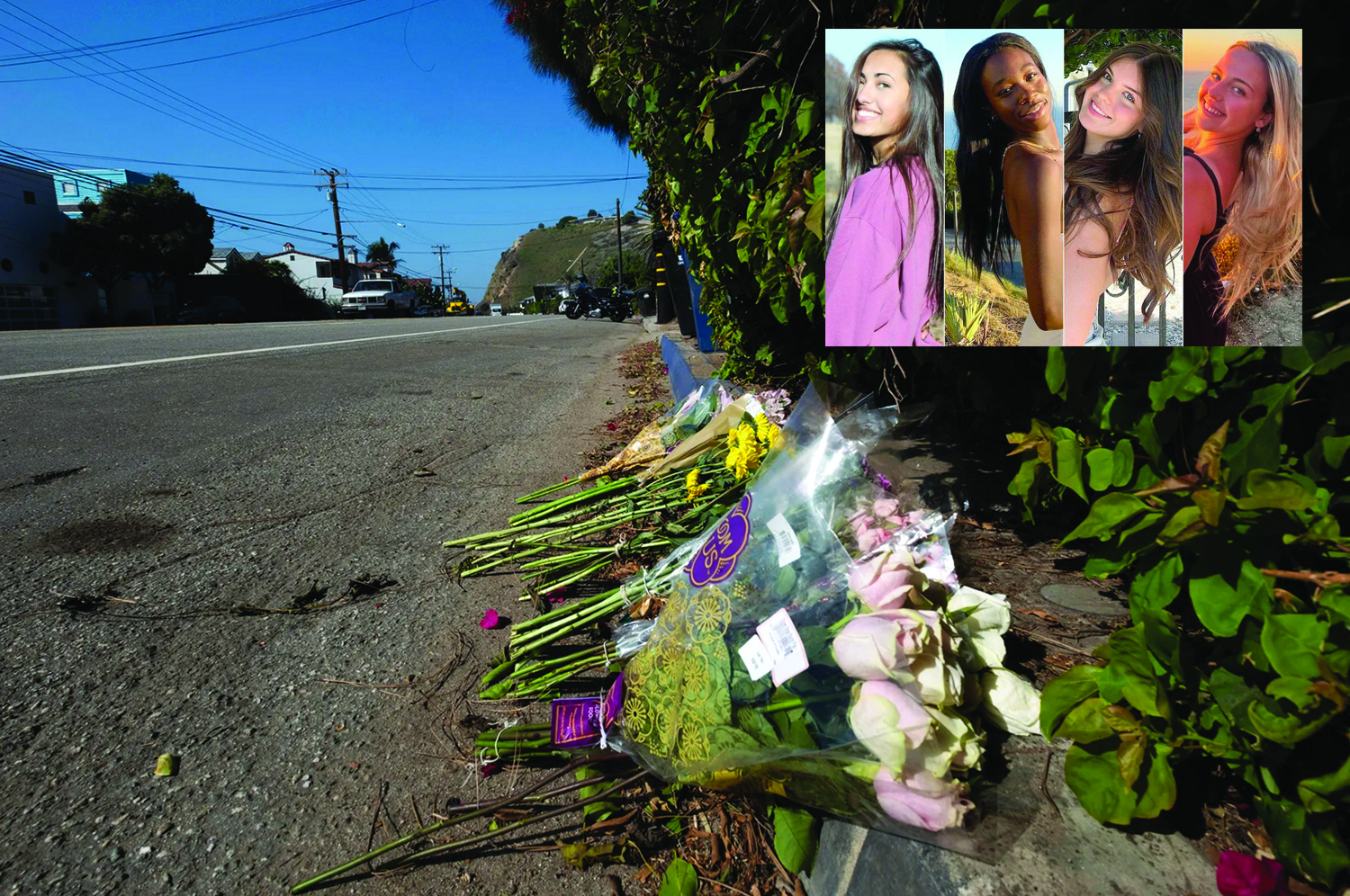Wave Wire Services
VENICE — The City Council voted last week to begin the process of installing a monument in Venice to Los Angeles’ “traqueros,” Mexican-American railroad workers who helped build North America’s first transcontinental railroad.
The movement to create the monument was spearheaded by the Venice Mexican American Traqueros Monument Committee, which seeks to install a bronze statue, designed by Mexican sculptor Jorge Marin, in Windward Circle.
“It will highlight the contributions and the sacrifices of the traqueros and their families, and it will do so by representing a traquero on the railroad, holding his daughter’s hand, with his son on his shoulders and his wife by his side,” said Councilman Mike Bonin, who represents Venice and introduced the motion approved by the council May 5.
The proposed monument has the support of the Mexican Consulate in Los Angeles, the Soul of the Farmworkers Union and civil rights leader Dolores Huerta, who with the late Cesar Chavez co-founded the National Farm Workers Association, which later merged with the Agricultural Workers Organizing Committee to become the United Farm Workers labor union.
Huerta spoke to council members before their vote.
“This is important because we do have to honor the working people of our country, who are often ignored or disrespected and forgotten,” she said. “This is not just about the working people that laid the railroad tracks, but it’s also about Mexicans, many of whom are not immigrants because, as you all know, a third of the U.S. was Mexico before 1848.”
Councilman Gil Cedillo, whose grandfather was a traquero, voiced his support for the monument, calling it “significant for the Mexican American community.”
Councilman Kevin de León, who seconded Bonin’s motion, spoke about the erased history of how the nation’s railroads were built.
“A lot of folks don’t know that if you’re on the Metrolink, if you’re going up and down the coast of California, if you’re moving human beings or moving goods, those railroads were built with the sweat and the lives of Mexican and Chinese immigrants,” de León said.
Bonin noted that over the last few years, the U.S. has been engaged in a discussion about monuments, including for people who held slaves and promoted hate, that need to come down.
“It is equally important that we find the time and find the energy and find the resources to build monuments to those we honor, to those we celebrate, and on the Westside, where the very nature of the community has changed due to gentrification and all sorts of forces over the past several decades, it is vitally important that we remember and celebrate our history,” Bonin said.
The motion directs the Bureau of Engineering to report with recommendations for the installation of the monument in Windward Circle.
Built over a six-year period largely by poor immigrants and considered one of the greatest engineering feats of the 19th century, the 1,912-mile continuous railway was finished in May 1869 and allowed for travel between the east and west coasts in days instead of months.













